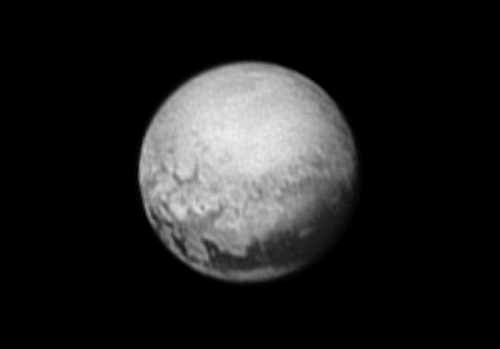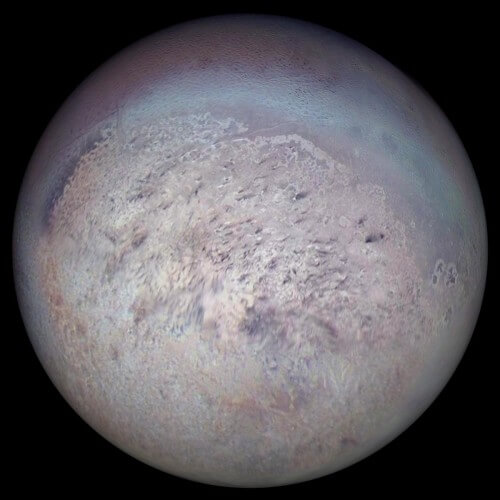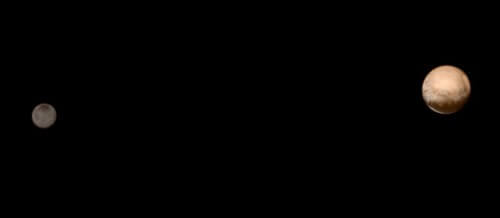At NASA, the excitement is growing over the geological formations of Pluto photographed by the New-Horizons spacecraft, one of them is called Whale and is full of geological terrains of various types * On Tuesday it will reach the closest point to Pluto and its moon Charon

Interesting hints of Pluto's geology are revealed in this image taken by the New Horizons spacecraft on July 9, 2015 from a distance of 5.4 million kilometers from here. This annotated version of the image shows a large dark formation known as the "whale" located on Pluto's equator, with a narrow strip and elaborate polygons. In the lower part of the image is a photograph of Pluto, in which the area covered by the camera is highlighted, with the equator and the main longitude marked in bold. Photo: NASA-JHUAPL-SWRI

Every day, new images arrive on Earth showing bright images of a world we all love - Pluto. Whether it is considered a dwarf planet or a full planet, it is the least known of all and therefore the New Horizons mission is historic.
Pluto entered history when it was discovered in 1930. In 2015 he does it again. After a long journey of nine and a half years, most of which was spent sleeping, the New Horizons spacecraft is almost there.
"The new image shows for the first time the geological diversity of Pluto. "We're close enough to start seeing the geology of Pluto," says New Horizons chief science officer Kurt Neighbor. Neighbor who is interested in the gray area above the "tail of the whale". Naiver, who calls it "a unique transition area with a lot of dynamics of interrelationships between processes, which makes it particularly interesting from a scientific point of view.
not only that. The compressed image also shows a strip of mixed terrain, about 1,500 km long, stretching from east to northwest. An almost octagonal configuration and new textures inside the "whale".

Triton, a moon of Neptune as photographed on August 25 by the Voyager 2 spacecraft. Triton's surface is made mostly of liquid nitrogen, a crust rich in water ice, an ice mantle and a core rich in metals Photo: NASA
Even to the amateur eye, Pluto's surface looks different from that of Ceres or Vesta. In trying to understand what we are seeing, Neptune's largest moon Triton may provide the closest simulation to Pluto due to its icy surface that is streaked like a melon and dotted with dark patches, some of which were formed by ice-based volcanic activity.

Another image provides a spectacular view of Pluto and Charon on July 8. NASA describes them as "two icy worlds" revolving around the common center of gravity like roller skaters clasping their hands tightly. Charon and all the other known moons of Pluto were formed from debris ejected from Pluto during a long-ago collision. It is mostly water ice. Pluto, in contrast, contains a shell of ice - water, but it is covered with methane, nitrogen and carbon dioxide - all in a gaseous state. It may also contain organic ingredients.
Translation: Avi Blizovsky

3 תגובות
In the caption below the first picture and also in the paragraph that follows, it is stated that Pluto is 5.4 million km away from here (Earth). Pluto is 5.4 billion (not a million) km away from here.
"Triton, a moon of Neptune as photographed on August 25 by the Voyager 2 spacecraft" - it should be noted that this is in 1989 (12 years after launch).